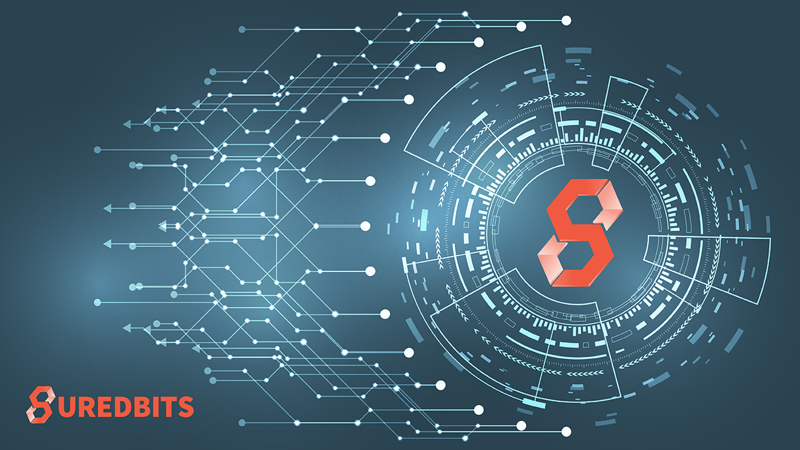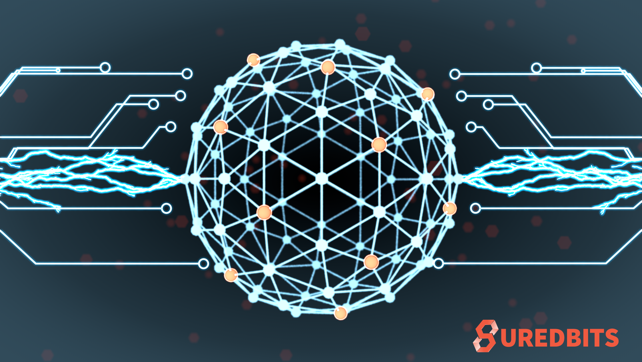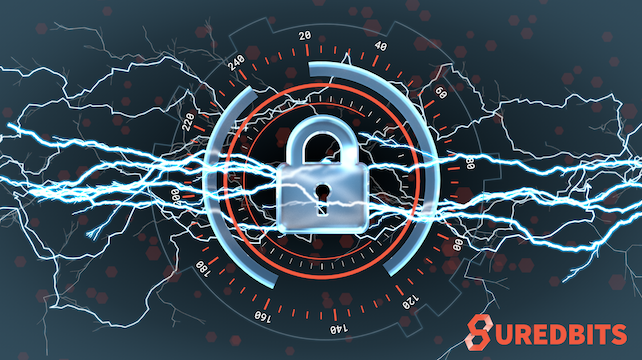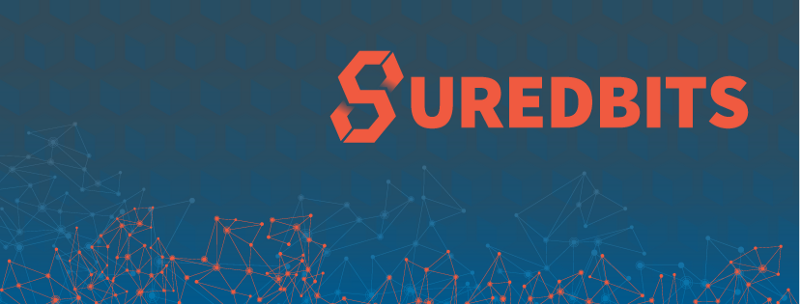Schnorr Security Part 2: From ID to Signature
In the last blog post, we began laying out the groundwork for what will become an argument that Schnorr signatures are secure. We discovered the Schnorr Identity Protocol and proved that it is secure and correct (specifically Complete, Sound, and …
Schnorr Security Part 1: Schnorr ID Protocol
In the previous post of our introductory Schnorr series, we discussed the definition of Schnorr signatures and tried to build some intuition as to how Schnorr signatures work by looking at a sequence of choices that could have led us …
Lightning 101 For Exchanges: Security Part 3 – Private Key Management
This is the sixth post in our “Lightning 101 for Exchanges” blog series. In this post we explore private key management and some of the considerations and nuances required for security. Lightning For Exchanges Series Overview Regulation Part 1 — Money Transmitter …
Lightning 101 For Exchanges: Security Part 2 — Backing Up Your Lightning Wallet
This is the fifth post in our “Lightning 101 for Exchanges” blog series. In this blog post we are going to talk about how the various Lightning implementations handle their revoked commitment transactions and the backup features they offer to …
Lightning 101 For Exchanges: Security Part 1 — Background
This is our fourth post in our Lightning 101 For Exchanges series. We will investigate in detail the security schema of the Lightning Network. This post will be more technical than our previous ones and is intended for software engineers and security …
Lightning 101: Why Lightning Network Is Secure?
This is the seventh installment in our Lightning 101 series. To see previous installments click any of the links below What is the Lightning Network What is a Lightning Node What is a Lightning Invoice What are Lightning Channels What …





